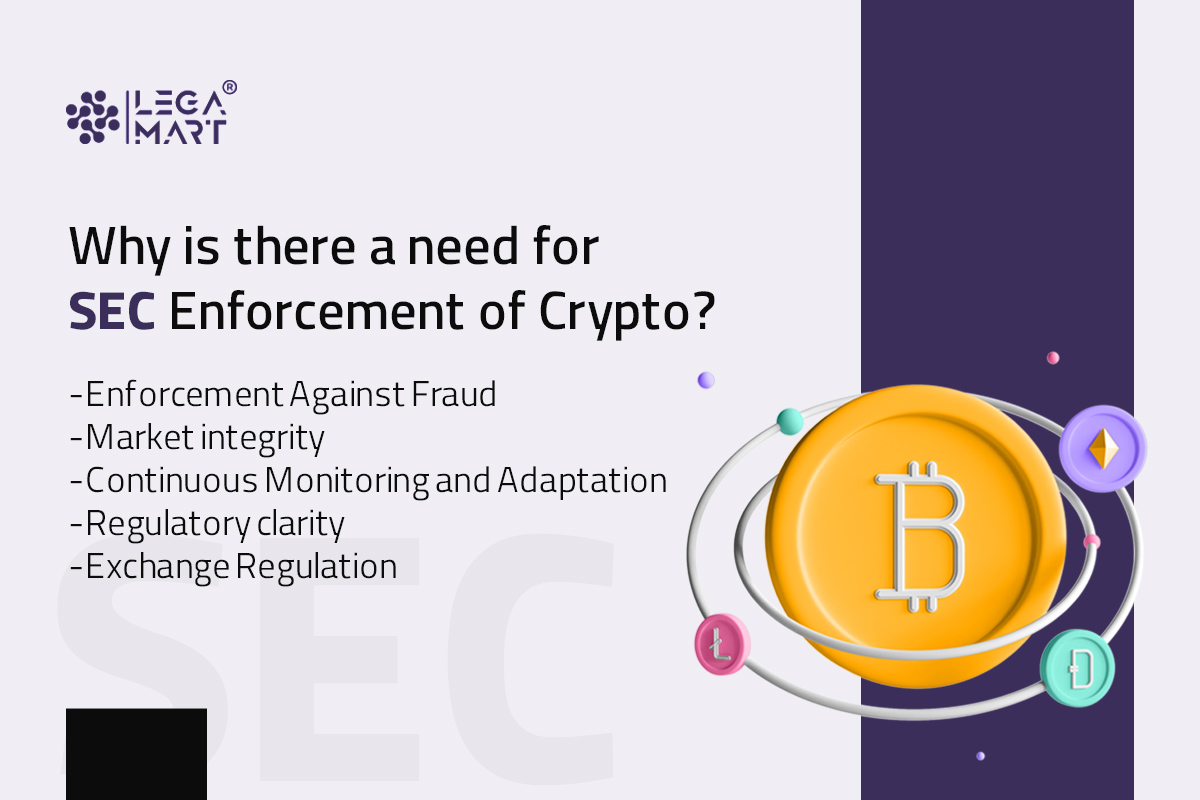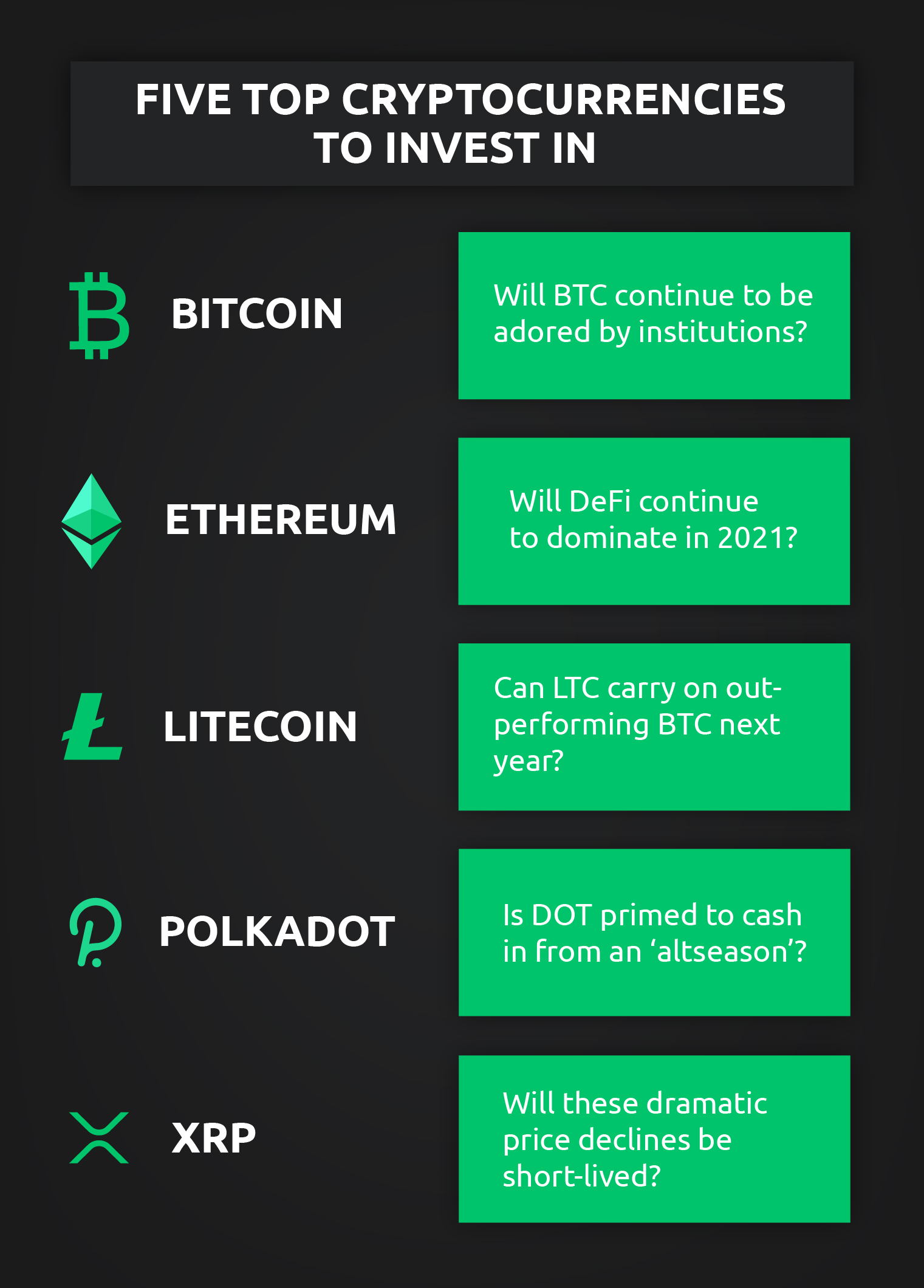Cryptocurrency news
The total crypto market volume over the last 24 hours is $150.83B, which makes a 0.80% decrease. The total volume in DeFi is currently $12.89B, 8.54% of the total crypto market 24-hour volume https://sha-zam.org/. The volume of all stable coins is now $141.94B, which is 94.10% of the total crypto market 24-hour volume.
Generally, altcoins attempt to improve upon the basic design of Bitcoin by introducing technology that is absent from Bitcoin. This includes privacy technologies, different distributed ledger architectures and consensus mechanisms.
The Lightning Network uses smart contracts to set up connections between users off the main Bitcoin blockchain, and makes transactions between them using these channels. Users can then close these channels at any time and settle their final balances on the main BTC chain.
Being the trailblazer and the first to appear on the market, Bitcoin is the ‘OG’ cryptocurrency that created a truly global community capable of making transactions without needing to trust the legacy financial system.
A brief historyBitcoin was created in 2009 by Satoshi Nakamoto, a pseudonymous developer. Bitcoin is designed to be completely decentralized and not controlled by any single authority. With a total supply of 21 million, its scarcity and decentralized nature make it almost impossible to inflate or manipulate. For this reason, many consider bitcoin to be the ultimate store of value or ‘Digital Gold’. Bitcoin is fully open-source and operates on a proof-of-work blockchain, a shared public ledger and history of transactions organized into “blocks” that are “chained” together to prevent tampering. This technology creates a permanent record of each transaction. Users on the Bitcoin network verify transactions through a process known as mining, which is designed to confirm new transactions are consistent with older transactions that have been confirmed in the past, ensuring users can not spend a Bitcoin they don’t have or attempt to double-spend coins.
Cryptocurrency regulation sec
Cary Coglianese, professor at the University of Pennsylvania Carey Law School, said he agreed with other legal analysts that Roper and Jarkesy (also June 2024) radically shift the ground beneath the SEC’s foundations—perhaps bringing down much of what it does. In the latter ruling, the majority held that cases involving civil penalties for fraud must be brought in federal court, where defendants have the right to a jury trial—many SEC cases involving crypto are paired with accusations of fraud. The court’s majority opinion in Jarkesy is thus bound to reshape the SEC’s enforcement strategies, potentially impacting the efficacy and scope of its actions against crypto firms.
Three months later, Judge Amy Berman Jackson of the U.S. District Court for the District of Columbia partially granted Binance’s motion to dismiss the SEC’s complaint in its enforcement action seeking to impose federal securities regulations on a variety of transactions involving foreign (Binance.com) and domestic (Binance.us) trading platforms. But Judge Jackson allowed claims based on Binance’s own post-ICO sales of its token BNB to proceed and dismissed claims based on other parties’ subsequent sales of BNB. The court concluded that the SEC had not plausibly alleged that purchasers on secondary markets expected Binance to use their “investment” to generate profits—reasoning that largely tracked another district court’s rationale in deciding a motion to dismiss the SEC’s case against Ripple Labs (“Ripple”). In that case, the court concluded that the SEC’s claim based on Ripple’s sales of the XRP token to institutional purchasers could proceed, but its claim based on Ripple’s anonymous sales of XRP to retail purchasers via exchanges could not. On October 2, the SEC filed a notice of appeal in its case against Ripple, and Ripple filed its notice of cross-appeal on October 10.

Cary Coglianese, professor at the University of Pennsylvania Carey Law School, said he agreed with other legal analysts that Roper and Jarkesy (also June 2024) radically shift the ground beneath the SEC’s foundations—perhaps bringing down much of what it does. In the latter ruling, the majority held that cases involving civil penalties for fraud must be brought in federal court, where defendants have the right to a jury trial—many SEC cases involving crypto are paired with accusations of fraud. The court’s majority opinion in Jarkesy is thus bound to reshape the SEC’s enforcement strategies, potentially impacting the efficacy and scope of its actions against crypto firms.
Three months later, Judge Amy Berman Jackson of the U.S. District Court for the District of Columbia partially granted Binance’s motion to dismiss the SEC’s complaint in its enforcement action seeking to impose federal securities regulations on a variety of transactions involving foreign (Binance.com) and domestic (Binance.us) trading platforms. But Judge Jackson allowed claims based on Binance’s own post-ICO sales of its token BNB to proceed and dismissed claims based on other parties’ subsequent sales of BNB. The court concluded that the SEC had not plausibly alleged that purchasers on secondary markets expected Binance to use their “investment” to generate profits—reasoning that largely tracked another district court’s rationale in deciding a motion to dismiss the SEC’s case against Ripple Labs (“Ripple”). In that case, the court concluded that the SEC’s claim based on Ripple’s sales of the XRP token to institutional purchasers could proceed, but its claim based on Ripple’s anonymous sales of XRP to retail purchasers via exchanges could not. On October 2, the SEC filed a notice of appeal in its case against Ripple, and Ripple filed its notice of cross-appeal on October 10.
Crypto ETFs have emerged as the most popular choice for many who want to get into crypto, offering simplicity and integration with traditional brokerage accounts. These come in two forms: spot ETFs which directly hold cryptocurrencies, and futures ETFs, which use futures contracts to track crypto prices. Spot bitcoin and ether ETFs, given the go-ahead in 2024, provide direct exposure to these digital assets, while futures ETFs offer an alternative way to gain crypto exposure through standardized agreements. “The ETF wrapper increases ease of access to bitcoin and helps investors or speculators avoid some of the risks of direct, wallet-based crypto holdings,” said David Tenerelli, a certified financial planner at Strategic Financial Planning in Plano, Texas.
The SEC and other regulators have been attempting to reign in illegal activity in the crypto sector for years, but their crackdown has picked up steam in the wake of the collapse of crypto exchange FTX in November 2022.
Top cryptocurrency
In the dynamic world of digital currencies, there are several promising cryptos that have caught the attention of enthusiasts and investors alike. One such crypto is known for its high-speed transactions and scalability. It’s often used in the gaming industry and has partnerships with several major companies in the tech industry.
Toncoin (TON), for example, is a spinoff of a defunct blockchain-based web hosting scheme (“The Open Network,” or “TON”) originally developed by the social media app Telegram. Dogecoin (DOGE) and Shiba Inu (SHIB) are meme coins — joke altcoins that represent internet memes.
NFTs, or non-fungible tokens, are one-of-a-kind (so, non-fungible), identifiable digital assets (tokens) that exist as part of the Ethereum blockchain, though other blockchains have begun to support their own versions of this unique asset class. NFTs can represent anything digital – sports cards, music, memes – though much of the hype surrounding them comes from their use as digital art.

In the dynamic world of digital currencies, there are several promising cryptos that have caught the attention of enthusiasts and investors alike. One such crypto is known for its high-speed transactions and scalability. It’s often used in the gaming industry and has partnerships with several major companies in the tech industry.
Toncoin (TON), for example, is a spinoff of a defunct blockchain-based web hosting scheme (“The Open Network,” or “TON”) originally developed by the social media app Telegram. Dogecoin (DOGE) and Shiba Inu (SHIB) are meme coins — joke altcoins that represent internet memes.
NFTs, or non-fungible tokens, are one-of-a-kind (so, non-fungible), identifiable digital assets (tokens) that exist as part of the Ethereum blockchain, though other blockchains have begun to support their own versions of this unique asset class. NFTs can represent anything digital – sports cards, music, memes – though much of the hype surrounding them comes from their use as digital art.
